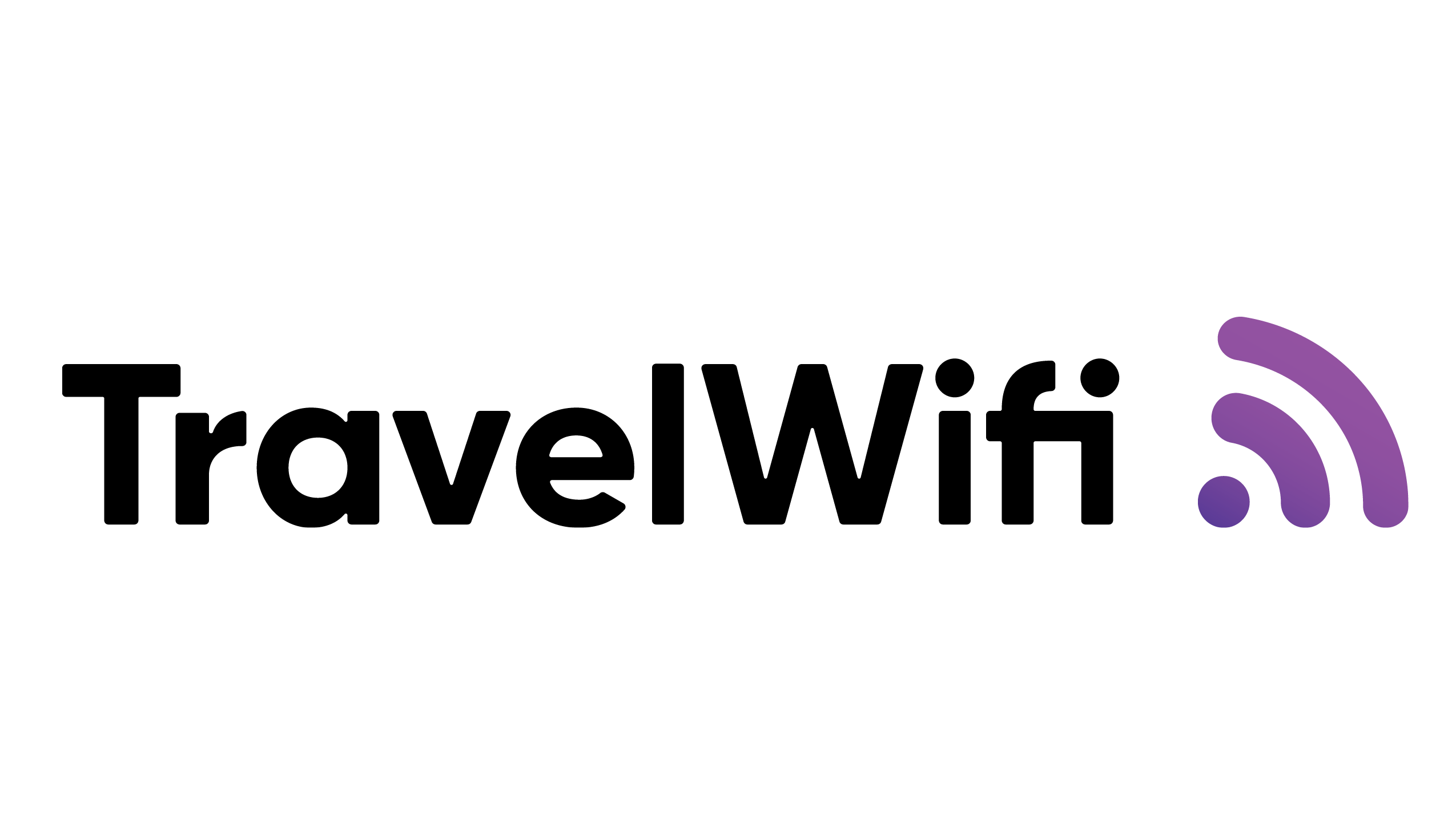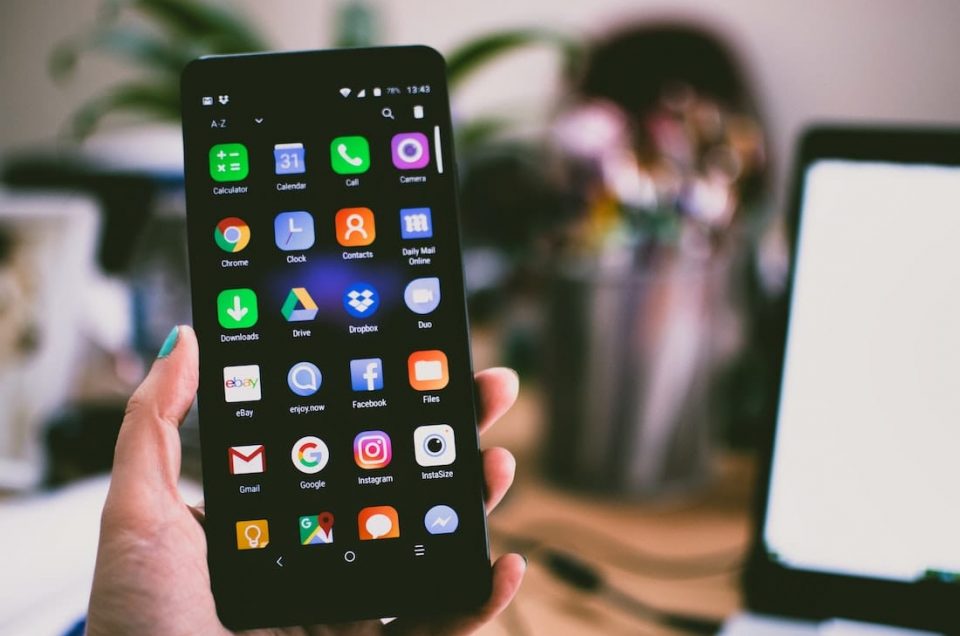Getting to know a new country and a new culture is always exciting. But one thing that can be challenging is the language barrier.
Sure, a lot of people around the world now have a basic grasp of the English language, so you can get by speaking English in most places. But it’s common courtesy to at least try to speak the local language. You probably wouldn’t appreciate it if tourists visited your country and expected you to understand them speaking Russian or Japanese to you. And, no, speaking loudly and slowly doesn’t really help.
Plus, if you’re staying in smaller towns and more remote areas, the locals are less likely to understand English compared to the big cities. But you can’t become fluent in the language of every country you visit. So, how do you get by when travelling in countries where you don’t speak the language?

Brush up on the basics
Before you visit a new country, you should learn some basic words and phrases you’ll need to get by. Hello, goodbye, please, thank you, and excuse me are the essentials, and usually easy to learn.
One of the most important phrases I use when travelling is “do you speak English?”. By learning this, you can always find someone to communicate with when you need assistance, but you’re still making the effort by engaging conversation in the native language.
Conversely, “I don’t understand” and “I’m sorry, I don’t speak [insert local language]” are equally important. This way, you can politely excuse yourself if someone asks you for directions, for example.
“Where is the…?” is another useful phrase to learn when you’re navigating a new city. You can then learn additional words like train station, bathroom, beach, and hospital so that you can easily ask for directions.
Learning more of the language
If you’ve got more time before your trip, then you can try to go beyond the basics. Duolingo is one of the most popular language learning apps. Set a goal to practice the language every day and you might be surprised by how much you pick up. Here are some other apps to help you learn a language for travel:
All of these apps are available for both Android and iOS.

Every language in your pocket
For all the things you can’t learn in time for your trip, it helps to have a translation app handy on your smartphone, like Google Translate. You can translate from English to your chosen language, and back again, so you’ll never be lost for words.
As well as typing in what you want to translate, you can also use the Conversation feature to record speech and automatically translate it. You could use this to have a conversation with someone, although there’ll be some awkward pauses while you wait for the translation.
Another useful feature is the ability to take photos and translate the text contained in them. This is especially useful for reading menus in restaurants and finding out the ingredients of products in supermarkets.
When you need to translate something or practice a language on the go, it always helps to know you have a reliable internet connection. Tep Wireless ensures that you always have WiFi access in your pocket, so you can fight the language barrier by using Duolingo on the train or firing up Google Translate in the street.
Click here to learn more about Teppy, your personal pocket WiFi hotspot that’s perfect for travelling.





